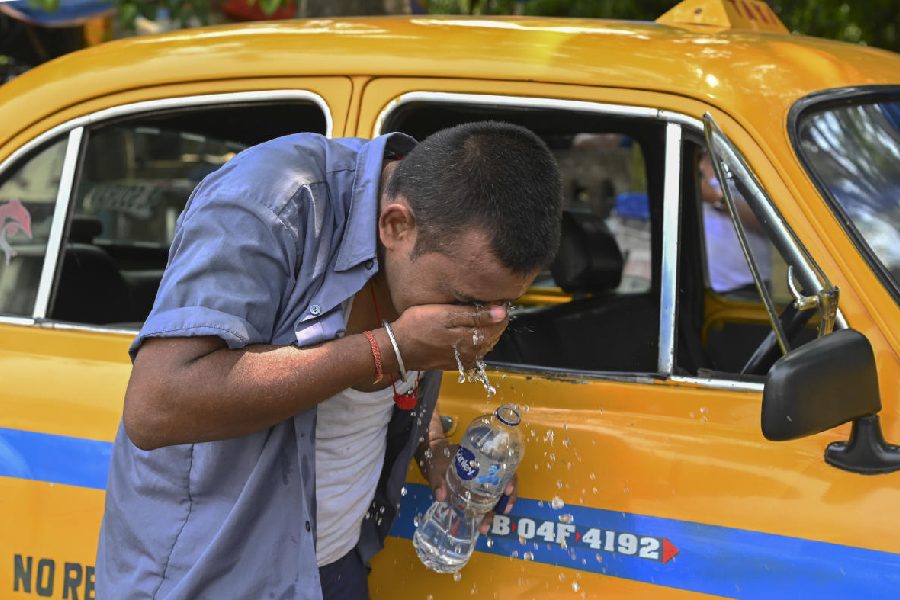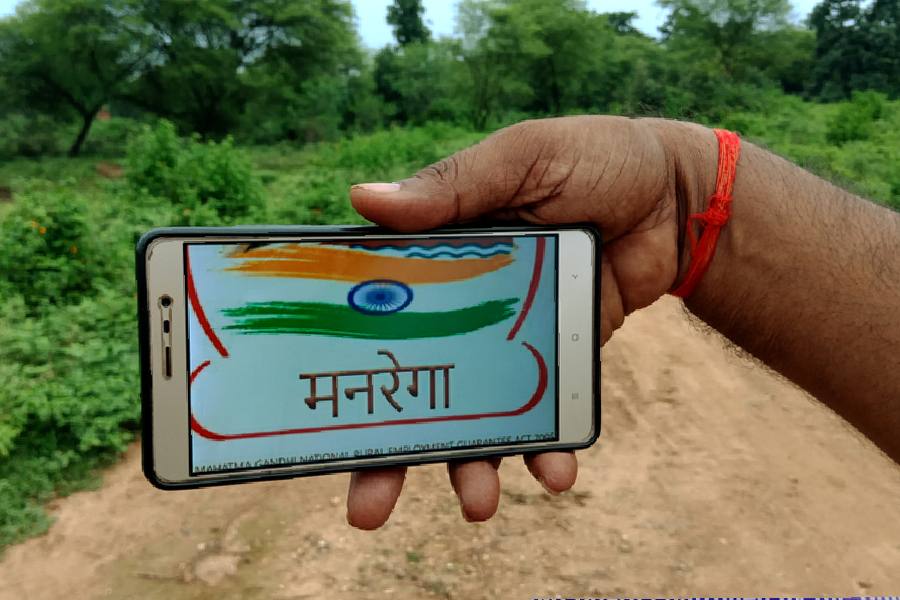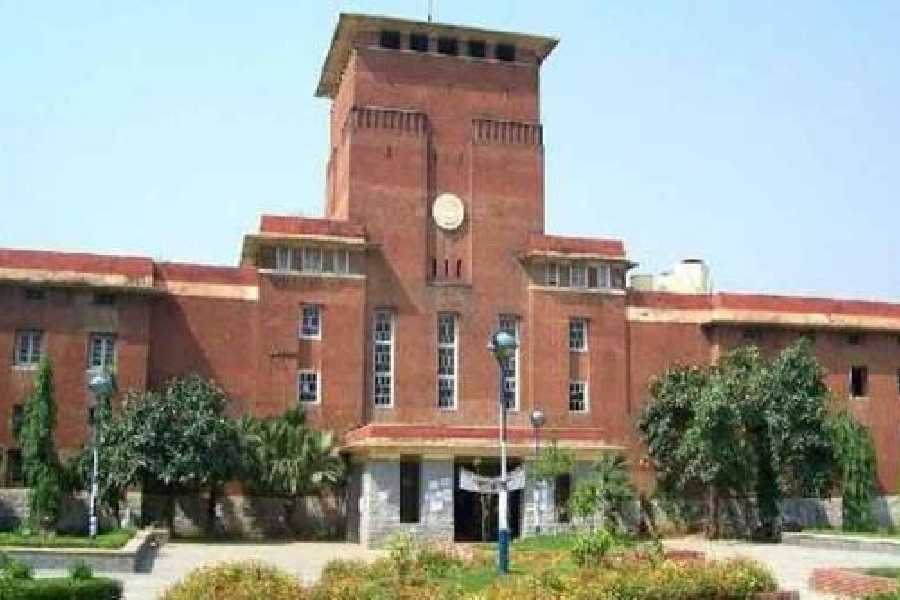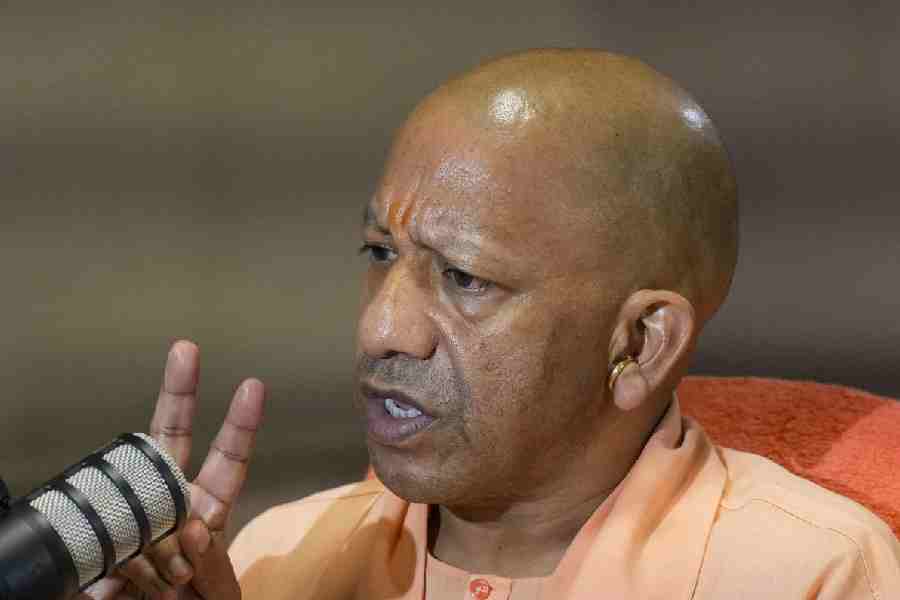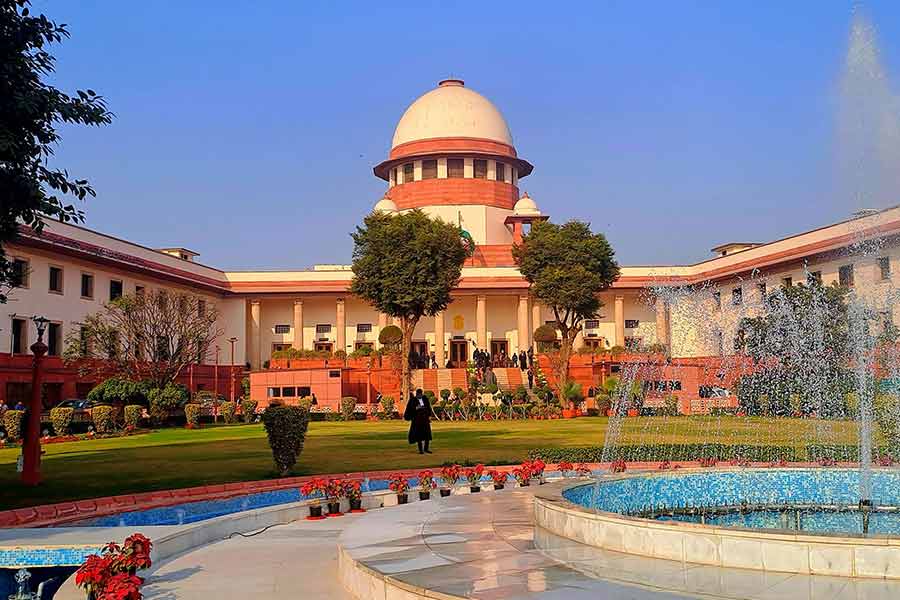Justice is at the centre of the discourse on climate change. Third world nations have long argued that countries, which have become wealthy and, in the process, emitted large amounts of greenhouse gases, have a responsibility to help those affected by climate change, particularly the most vulnerable countries and communities who often are the ones that have contributed the least to the crisis. But this is not the only kind of injustice at work in the context of climate change. Research is now throwing light on how the effects of climate change are experienced disproportionately on account of micro-injustices that are often overlooked. For instance, a recent Indian study found that heat wave deaths — nearly 20,000 people in India died from extreme heat between 2001 and 2019 — took place along caste lines; a greater number of people belonging to marginalised communities died as a result of their exposure to extreme heat than people from other communities.
The reasons for this disparity are not hard to seek. Data from the Periodic Labour Force Survey show that between 2019 and 2022, in at least 65 districts across India, 75% of scheduled caste and scheduled tribe workers spent 75% of their working hours outdoors in professions that are labour intensive, such as agriculture, construction, mining or municipal work. Significantly, this ‘thermal injustice’ is not limited to the outdoors only: successive National Family Health Surveys have revealed that marginalised caste groups have lower access to fans, coolers and air conditioners at home to combat the rising heat. The situation is worse for women as they not only face extreme heat outside but also bear an excess burden of household air pollution on account of cooking with polluting fuels. The water crisis — another manifestation of climate change — has gendered underpinnings too. The poorest of women — agricultural labourers or others who walk the longest stretches to fetch drinking water — are expected to be the hardest hit. Significantly, intersecting discriminations would lead to deepening tensions and inequalities. Dalit and Adivasi women are more likely to be prevented from accessing community wells by the upper castes as the water crisis worsens. A fact-finding committee on the impact of floods and relief
work in Tamil Nadu even found that caste and religion affected access to relief material during a natural disaster.
Dismantling ancient prejudices takes time. This is why policy needs to account for such socio-economic dimensions of the climate crisis. India has a National Action Plan on Climate Change as well as separate Heat Action Plans for individual states. But are the vulnerabilities of oppressed communities being registered in these mitigatory tool kits? The argument for policy to be sensitised to the intersections among caste, creed, gender and climate is compelling. For instance, data on heat, pollution deaths and ailments could be parsed by caste and gender to monitor the efficacy of policy changes. Affirmative action must also target the chokehold that caste has over labour, the choice of professions, as well as education and employment. In the meantime, emergency measures like paid heat leaves, free water ATMs at labour hubs, and legal recognition for the ‘right to cool’ — climate experts claim it should be part of Article 21 that gives citizens the right to life — can protect India’s vulnerable communities from the vagaries of climate change.

